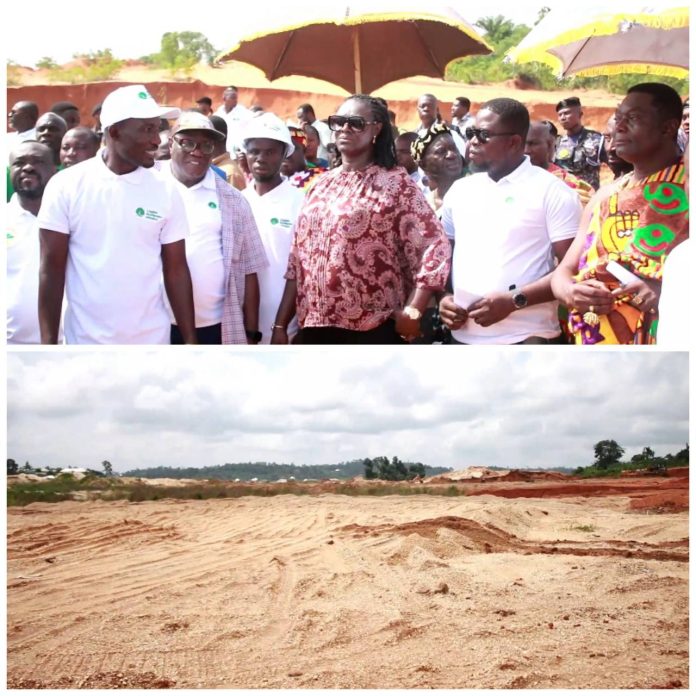The Government of Ghana through the Ministry Of Lands has begun a massive land reclamation initiative aimed at restoring lands destroyed by illegal mining, popularly known as galamsey.
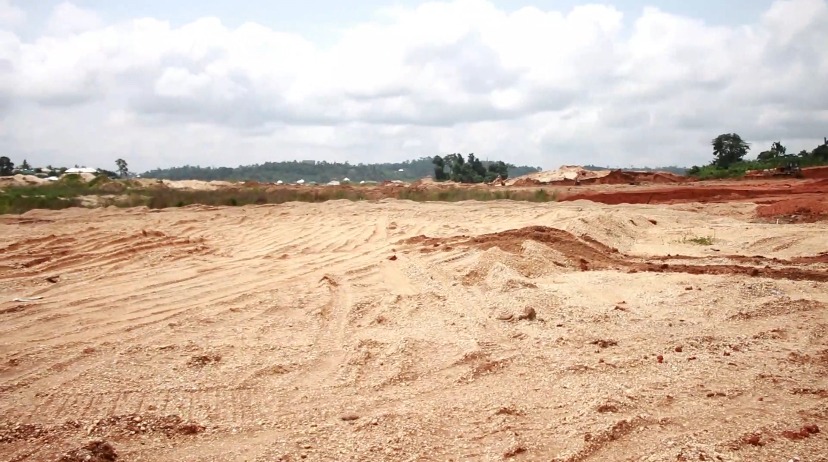
The initiative, supervised by the Environmental Protection Authority (EPA) in partnership with Logeist Group Limited, was officially launched at Gyaaman Nkwanta in the Amansie Central District of the Ashanti Region.
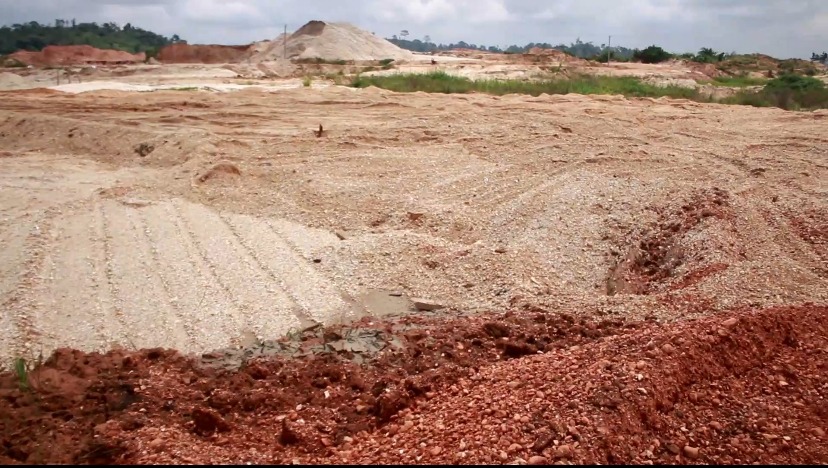
The project, which falls under the theme “Reclaim, Restore and Rebuild” and operates through the “EcoReclaim Initiative,” seeks to rehabilitate degraded lands and forest reserves across the country.
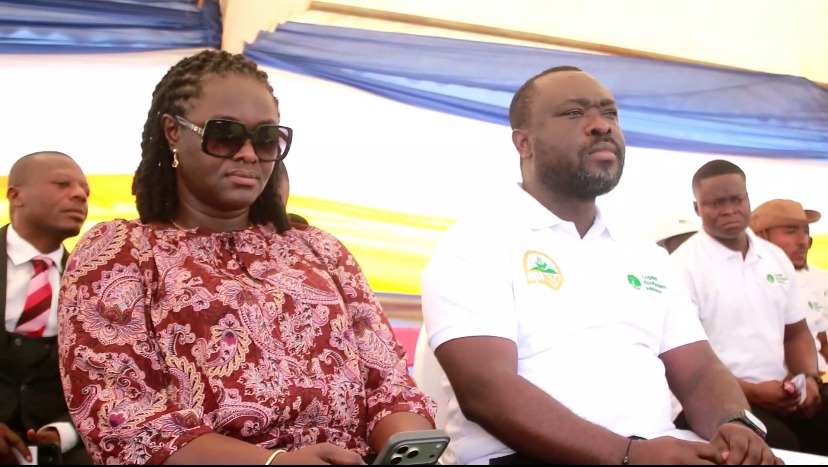 As part of the plan, 8,000 hectares of mined-out land will be reclaimed, including 600 acres in the Amansie Central District alone.
As part of the plan, 8,000 hectares of mined-out land will be reclaimed, including 600 acres in the Amansie Central District alone.
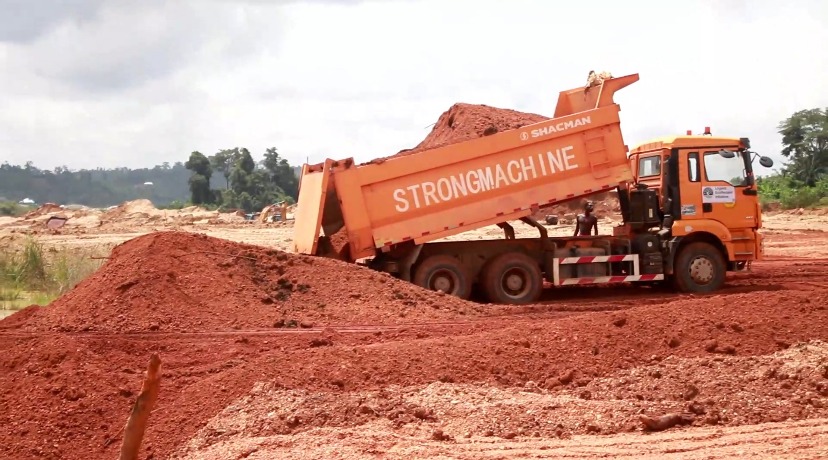
Out of this, 200 acres will later be developed into a 24-hour factory to create jobs for about 1,500 people, reducing the community’s dependence on illegal mining.
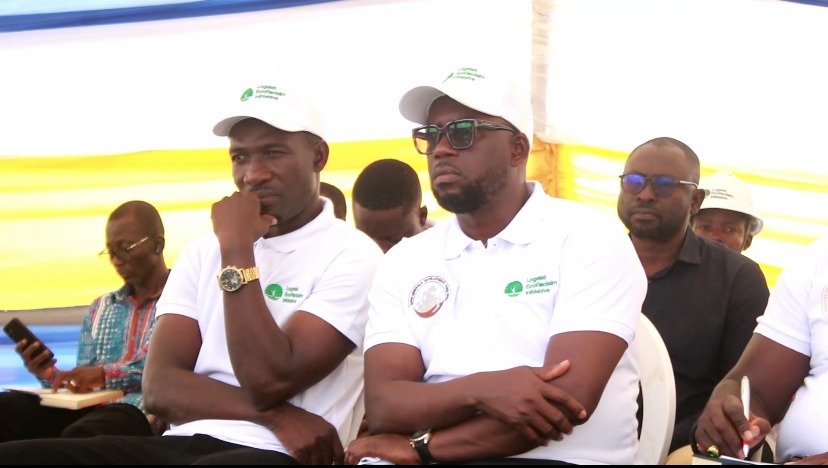
Speaking at the launch, the Chief Executive Officer of the Environmental Protection Authority, Professor Nana Ama Browne Klutse, stated that the focus of the project is not to assign blame but to rebuild communities affected by illegal mining.
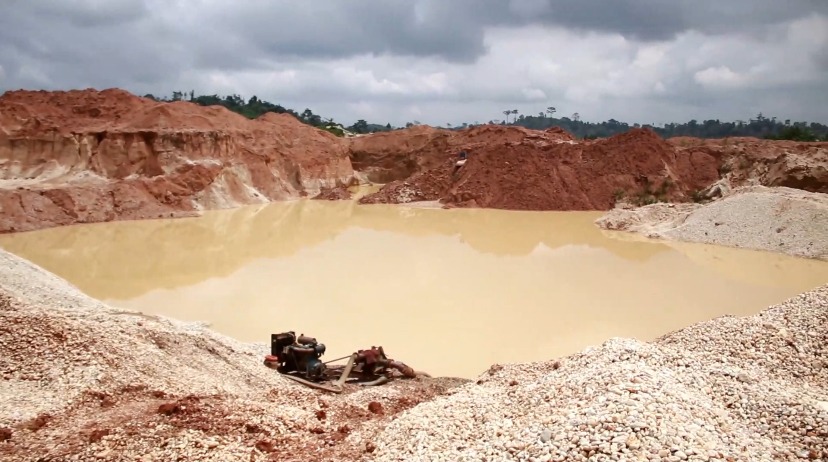
“We are not here to apportion blames but to reclaim the lands, restore and rebuild for communities such as those in Amansie Central. Many parts of the Ashanti Region have witnessed years of intensive illegal mining activities, leading to deforestation, soil erosion, and contamination of rivers such as the Offin and Oda,” she said.
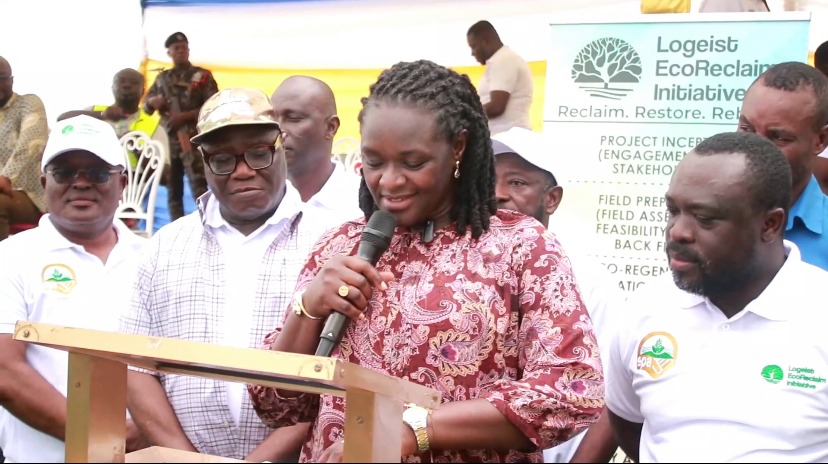
Prof. Klutse further explained that the EPA, which is mandated to protect, manage, and improve Ghana’s environment, will continue to ensure that development in the country remains sustainable. The EPA and Logeist Group Limited have since engaged with Nananom, community members, miners, and other stakeholders to ensure community ownership of the project.
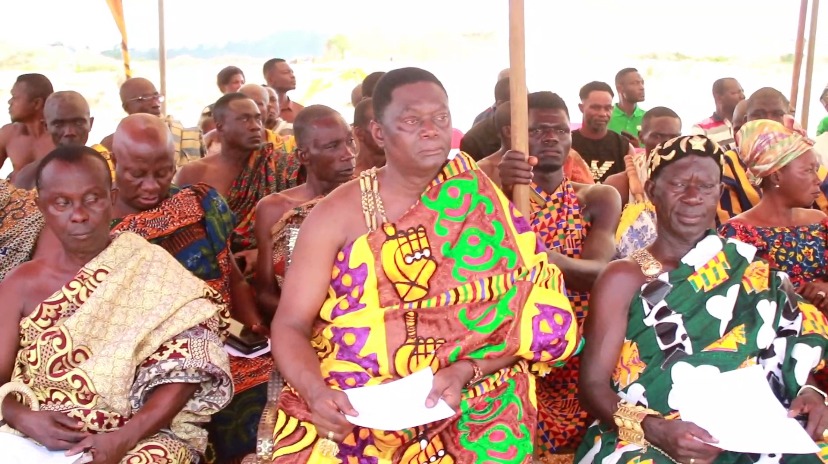
The Chief Executive Officer of Logeist Group Limited, Mr. Daniel Doe Tamakloe, also reiterated their commitment to ensuring that the reclaimed sites remain productive and environmentally sustainable.
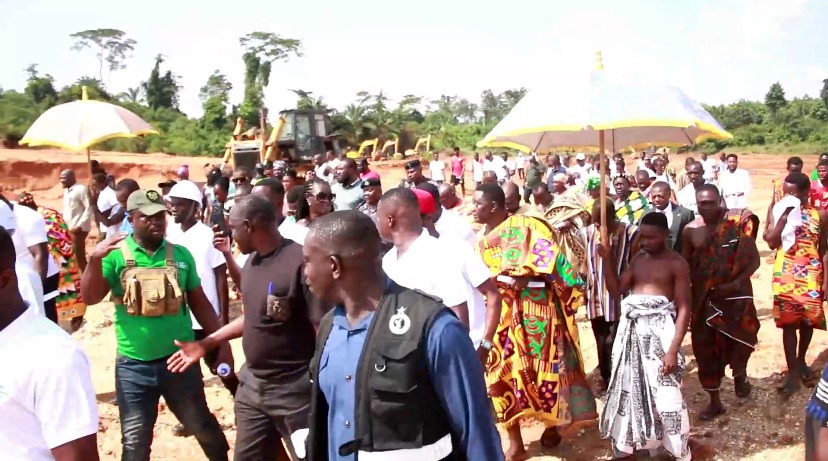
“As part of our activities to reclaim the land, we will adopt best land management practices to ensure the long-term success and sustainability of the reclaimed sites. This includes the use of biochemicals to restore and stabilise the ecosystem,” Mr. Tamakloe said.
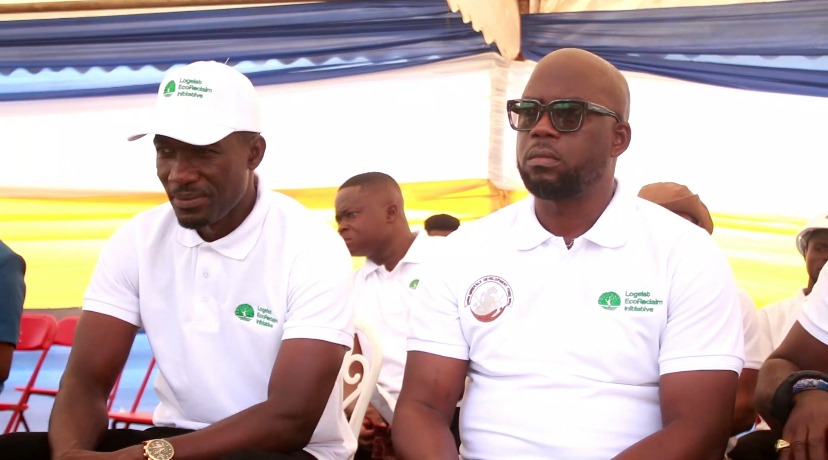
The reclamation project is expected to involve surveying, mapping, and restoring degraded sites through activities such as replenishing topsoil, stabilising slopes, and planting indigenous tree species that can absorb heavy metals and revive soil health.
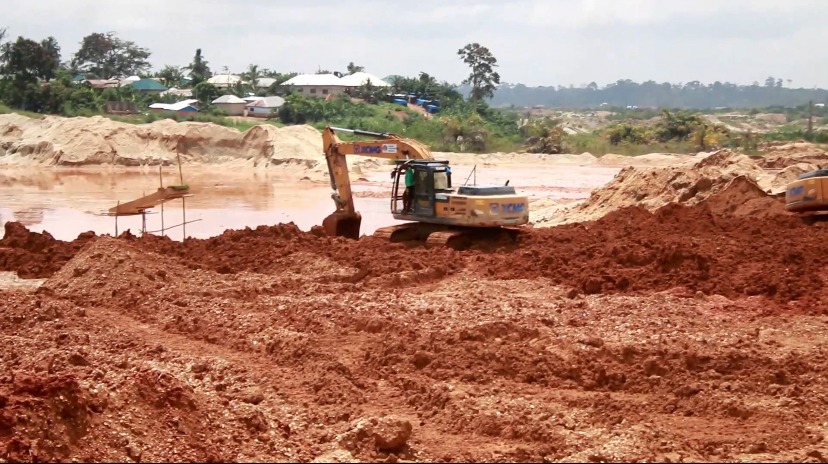
The EcoReclaim Initiative marks a significant step in Ghana’s efforts to reverse environmental degradation and provide sustainable livelihoods for communities affected by illegal mining.
By: Nana Yaw Owusu (0240782639).


